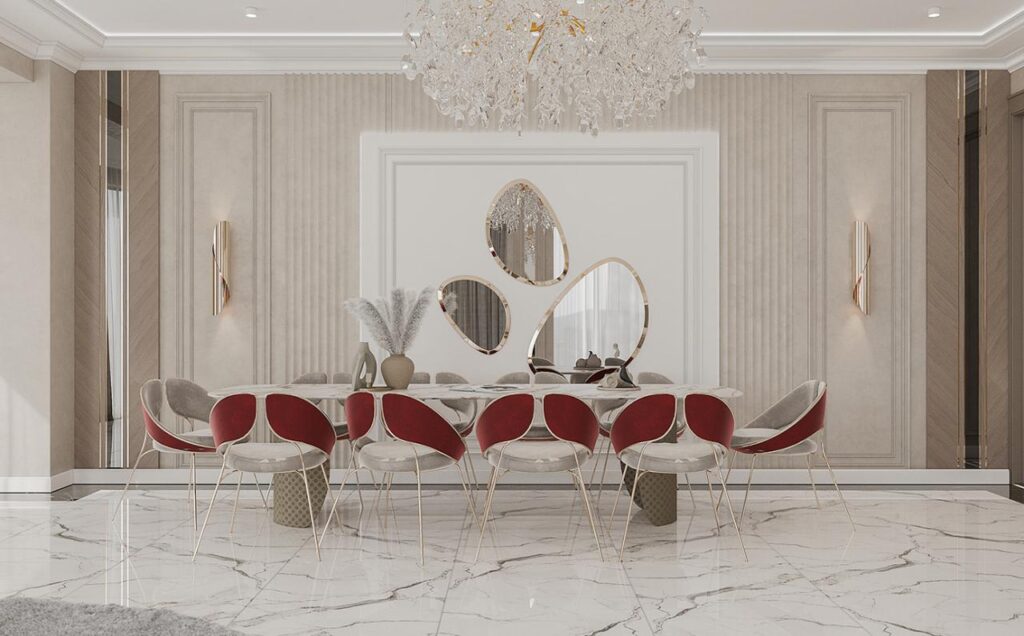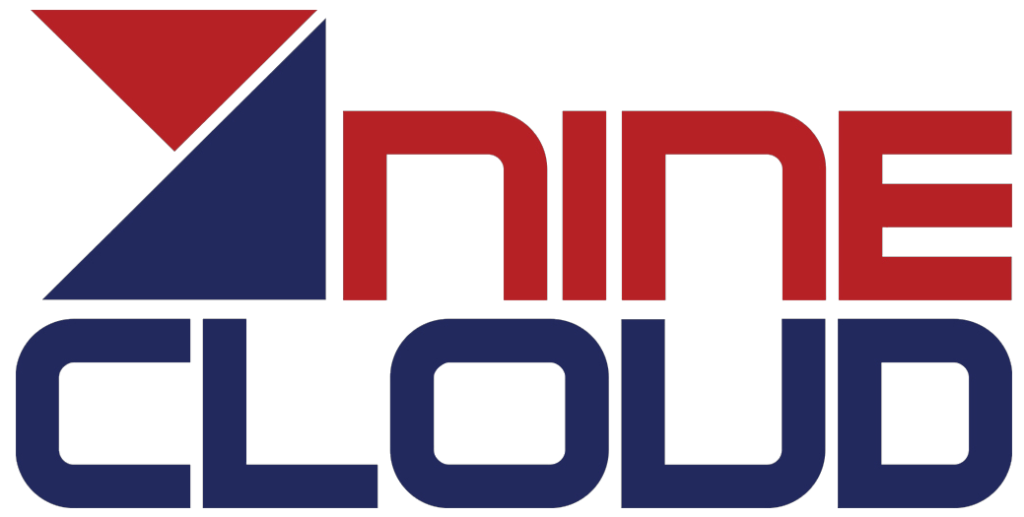The United Arab Emirates, particularly Dubai and Abu Dhabi, is a global epicenter of architectural innovation and luxurious living. Its residential spaces are constantly evolving, reflecting both a connection to rich cultural heritage and an embrace of future-forward design. As we step into 2025, the landscape of residential interior design styles in UAE is poised for exciting shifts, driven by a blend of technological advancements, a renewed focus on well-being, and a deepening appreciation for sustainable living.
For homeowners looking to create spaces that are not only beautiful but also resonate with contemporary values and functionality, understanding these emerging trends is paramount. Whether you’re planning a full home fit-out or considering a refresh, aligning with current design currents ensures your home remains a sanctuary of style and comfort.
The Evolution of UAE Home Design
Historically, UAE interior design has often been synonymous with grandeur and lavishness. While luxury remains a cornerstone, the emphasis is shifting towards a more nuanced, purposeful elegance. The 2025 interior design trends UAE are characterized by intelligent design that prioritizes personal well-being, environmental consciousness, and seamless integration of technology. This evolution signifies a maturing design palate, moving beyond overt display to a more considered and refined aesthetic.
Several factors contribute to these evolving trends:
- Global Influences: As a melting pot of cultures, the UAE readily adopts and adapts global design movements, blending them with local sensibilities.
- Technological Advancements: Smart home integration, advanced material science, and innovative lighting solutions are reshaping possibilities.
- Sustainability Imperative: Growing environmental awareness among residents and developers is pushing for eco-friendly materials and energy-efficient designs.
- Wellness Focus: Homes are increasingly seen as havens for mental and physical well-being, driving demand for biophilic design and calming palettes.
- Demographic Shifts: A diverse population with varied lifestyle needs is fostering a wider range of preferred aesthetics.
Top Residential Interior Design Styles Trending in UAE for 2025
Let’s delve into the specific styles that are set to dominate residential interiors across the Emirates.
1. Modern Emirati Elegance: A Fusion of Heritage and Contemporary Luxury
The concept of modern Emirati interior trends is gaining significant traction, moving beyond traditional ornate designs to a refined interpretation of local heritage.
- Key Characteristics: This style blends classic Islamic geometric patterns and Arabian motifs with clean lines, minimalist furniture, and a neutral color palette.
- Materiality: Expect natural materials like polished stone, dark wood, and woven textiles. Gold and brass accents are used sparingly, providing subtle touches of luxury rather than overt display.
- Architectural Features: Arched doorways, mashrabiya-inspired screens (modernized), and serene courtyards or intimate majlis areas are reinterpreted with a contemporary flair.
- Emphasis: Comfort, sophistication, and a deep connection to local culture, presented in a fresh, uncluttered manner.
2. The Biophilic Retreat: Bringing Nature Indoors
As urban living intensifies, the desire to reconnect with nature grows stronger. Biophilic design, which integrates natural elements into the built environment, is no longer a niche but a mainstream trend.
- Key Characteristics: Abundant natural light, indoor plants (living walls, large potted specimens), natural ventilation, and materials that evoke the outdoors.
- Materiality: Raw wood, stone, cork, bamboo, and organic fabrics like linen and cotton. Water features, even small ones, add sensory appeal.
- Color Palette: Earthy tones – greens, browns, terracotta, and soft blues – reflecting natural landscapes.
- Emphasis: Creating calm, rejuvenating spaces that improve air quality, reduce stress, and enhance overall well-being. This is particularly relevant in the UAE, where outdoor elements are often harsh.
3. Open-Concept Living with Defined Zones: The Evolution of Flow
While open-concept living Dubai has long been popular, 2025 sees a refinement towards “broken-plan” or “zoned” open spaces. This offers the best of both worlds: spaciousness combined with intimacy.
- Key Characteristics: Large, uninterrupted common areas (living, dining, kitchen) but with subtle visual or physical cues that define distinct functions.
- Defining Zones: This can be achieved through:
- Furniture Layout: Strategic placement of sofas, rugs, or consoles to delineate areas.
- Lighting: Different lighting schemes for different zones.
- Level Changes: Subtle steps or platforms.
- Screens/Partitions: Half-walls, decorative slatted screens, or large sliding doors that can close off areas when needed.
- Custom Joinery UAE: Bespoke joinery units can act as room dividers, adding both function and aesthetic appeal.
- Emphasis: Flexibility, adaptability, and creating intimate pockets within larger social areas, catering to diverse family needs.

4. Sustainable & Mindful Design: Conscious Choices
The push for sustainable interior design UAE is gaining significant momentum, moving beyond mere aesthetics to ethical and environmental responsibility.
- Key Characteristics: Focus on reducing environmental impact, promoting health, and supporting ethical production.
- Materiality: Reclaimed wood, recycled metals, low-VOC (Volatile Organic Compound) paints, bamboo, cork, locally sourced materials, and upcycled furniture.
- Energy Efficiency: Integration of smart home systems for optimized lighting and temperature control, use of energy-efficient appliances, and maximisation of natural light.
- Emphasis: Longevity, resource conservation, and supporting a healthier indoor environment. This includes transparent sourcing and supporting local artisans.
5. Bespoke Joinery and Smart Storage: Tailored Functionality
In a world of increasing customization, custom joinery UAE is becoming a focal point, offering tailored solutions that enhance both aesthetics and functionality. This is often paired with smart storage solutions.
- Key Characteristics: Built-in cabinetry, shelving, wall units, and furniture that are precisely designed for a space. This can include hidden storage, multi-functional pieces, and integrated technology solutions.
- Materiality: High-quality wood, veneers, laminates, and innovative hardware.
- Emphasis: Maximizing space utilization, reducing clutter, and creating a cohesive, streamlined look. This trend is especially vital for apartments and townhouses where space optimization is key.
Residential Interior Design Trends in UAE 2025
To provide a clearer picture, here’s a comparative overview of the key elements driving these trends:
| Trend Category | Key Features | Dominant Materials | Colour Palette | Nine Cloud Alignment |
| Modern Emirati Elegance | Refined cultural motifs, clean lines | Polished Stone, Dark Wood, Brass | Neutrals (beige, grey), subtle gold | Bespoke cultural interpretations |
| Biophilic Retreat | Abundant plant life, natural light | Raw Wood, Stone, Organic Fabrics | Earthy Greens, Browns, Terracotta | Integrated green walls, natural material sourcing |
| Open-Concept with Zones | Fluid spaces, defined areas by design | Various, often light wood & glass | Light & Airy, contrasting accents | Smart space planning, custom dividers |
| Sustainable & Mindful | Eco-friendly, energy efficiency | Recycled materials, Bamboo, Local Wood | Natural, muted tones | Sustainable material sourcing, green building principles |
| Bespoke Joinery/Smart Storage | Built-in solutions, hidden storage | High-quality Wood, Veneers, Laminates | Matches overall room palette | Custom fabrication, intelligent storage solutions |
Conclusion
The trending residential interior design styles in UAE 2025 paint a picture of sophisticated, conscious, and highly functional homes. From the subtle nod to heritage in modern Emirati aesthetics to the environmental imperative of sustainable design and the intelligent flow of zoned open-concept spaces, the future of home interiors in the Emirates is about creating deeply personal and inspiring sanctuaries.
At Nine Cloud, we possess the expertise and foresight to transform these trends into tangible realities within your home. Our team of experienced designers and fit-out specialists are adept at crafting bespoke interiors that perfectly align with your vision, integrating the modern Emirati interior trends, designing exquisite custom joinery UAE, and creating seamless open-concept living Dubai spaces with a keen eye on sustainability.
Ready to infuse your home with the styles of tomorrow? Contact Us today for a complimentary consultation!
Frequently Asked Questions
What are the most significant shifts in UAE residential interior design for 2025?
The most significant shifts include a move towards more understated luxury, a stronger emphasis on sustainability and biophilic design, and a refined approach to open-concept living that incorporates defined zones for greater functionality.
How can Nine Cloud incorporate “modern Emirati interior trends” into my home?
Nine Cloud designers expertly blend traditional Arabian motifs and elements (like geometric patterns, serene courtyards, or specific material palettes) with contemporary aesthetics, ensuring a sophisticated and culturally resonant modern Emirati feel.
Is “open-concept living Dubai” still popular, or are closed spaces returning?
Open-concept living remains popular, but the trend is evolving towards “zoned” or “broken-plan” concepts. This allows for the spaciousness of open layouts while providing distinct areas for different activities, often achieved through clever use of custom joinery UAE or lighting.
What kind of sustainable materials are trending in UAE interior design?
Trending sustainable materials include reclaimed wood, recycled metals, low-VOC paints, natural fibers (linen, organic cotton), bamboo, cork, and locally sourced materials that reduce carbon footprint.
How long does a residential interior fit-out project typically take with Nine Cloud?
The duration varies depending on the scale and complexity of the project. A full residential fit-out can typically range from 3 to 6 months, encompassing design, approvals, material procurement, and execution. We provide a detailed timeline during your consultation.
